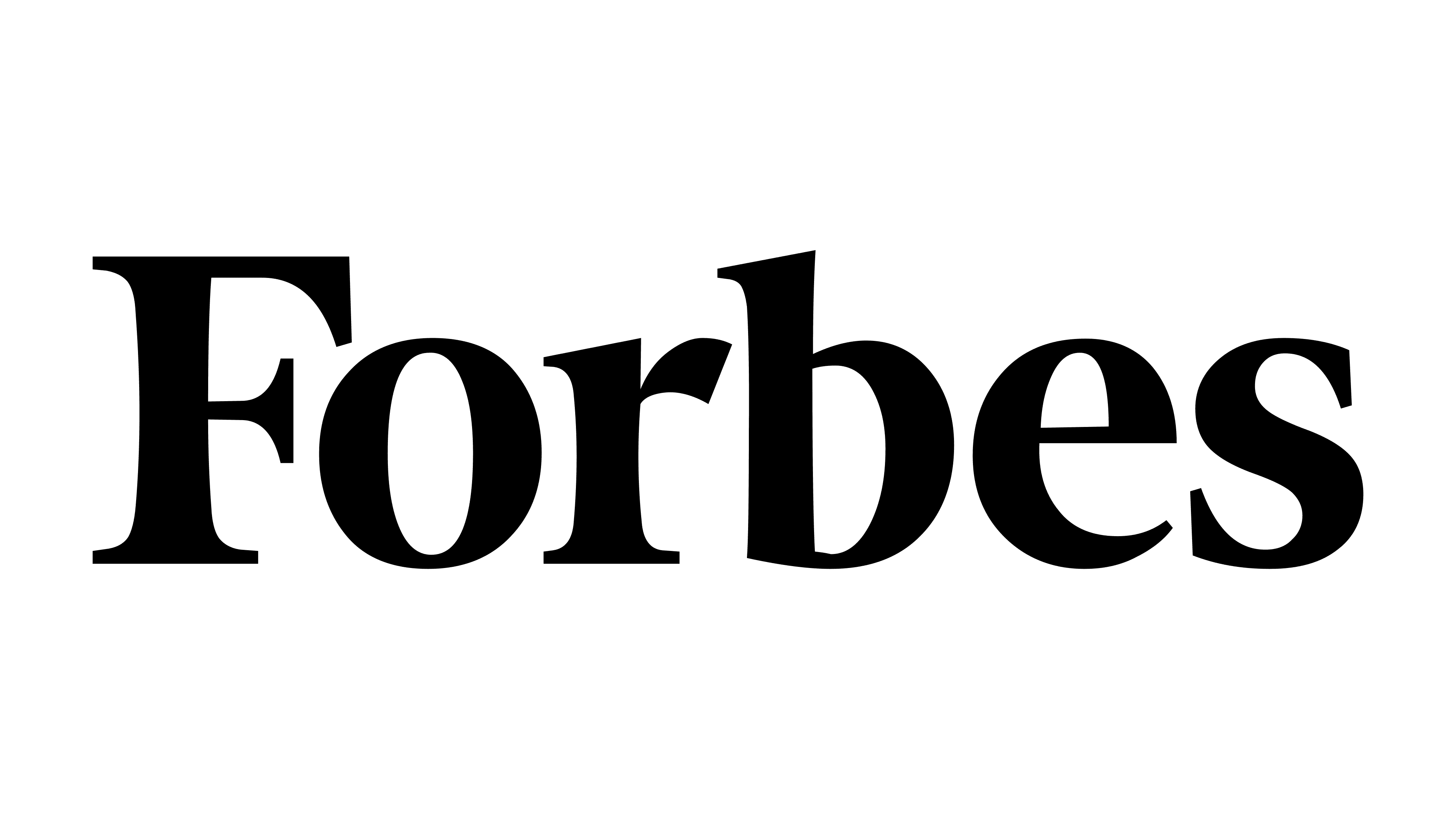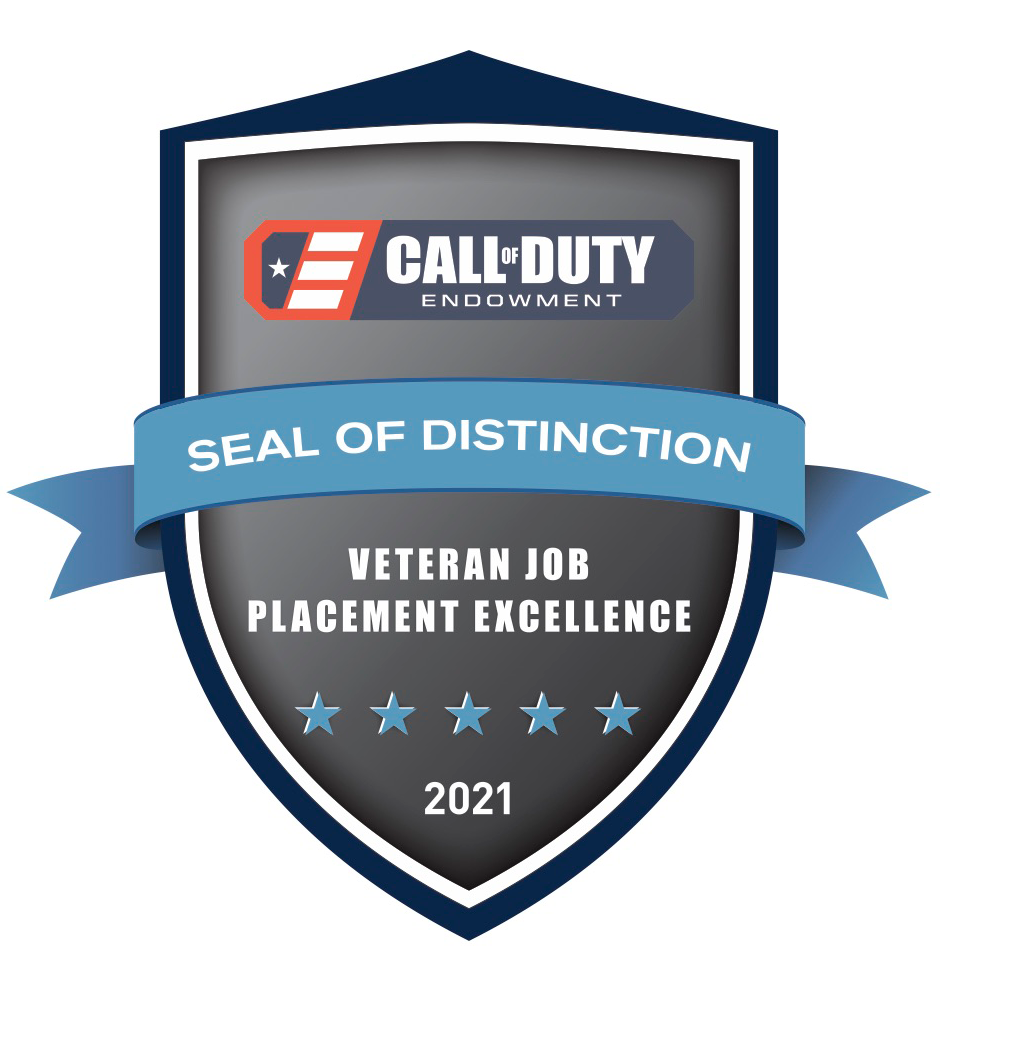Meet America's Best Employers For Veterans 2021

During his more than two decades in the Navy, most recently as a surface warfare officer, Todd Leavitt captained some of the country’s biggest, fastest ships, including the USS Winston S. Churchill.
When he completed his service in 2007, he entered the civilian workforce, joining aerospace and defense company Northrop Grumman as a manager of surface navy futures within one month. Now the vice president of its naval and oceanic systems business unit, Leavitt says the prospect of continuing to serve his country while putting to use the leadership skills he’d learned in the Navy was what attracted him to the organization.
“When I looked at Northrop Grumman, I saw the values that I had held near and dear for 21 years, and a place where, when I looked in the mirror, I could see the same Todd, except instead of wearing a naval uniform, I was now wearing a Northrop Grumman badge,” Leavitt says. “We commit to shared success, we pioneer—those are things that are powerful . . . things I thought about every day when I was manning a Navy destroyer.”
But for many of the 200,000 veterans who enter the civilian workforce each year, per the Department of Labor, the transition isn’t always so seamless. Sidney Goodfriend, founder and chairman of American Corporate Partners, a nonprofit that provides career counseling to veterans and active-duty military spouses, says they’re all too often faced with challenges translating military skills for the corporate world, getting a foot in the door without connections and understanding what’s required of private sector positions.
“People come out of the military, and they’re instantly unemployed,” he says, noting how those who enlist immediately after graduating high school may not have any private sector experience. “Imagine how tough it is trying to find a new job, a good job, one that matches up with your talent.” According to a U.S. Chamber of Commerce Foundation survey of 1,000 veterans who transitioned out of the military between 2011 and 2016, 53% reported being unemployed for at least four months. Some 84% said their greatest challenge was networking with employers, while 81% cited transitioning military skills. And of those who did find employment, 44% changed jobs within their first year. “Many of them will take the first job they can find,” Goodfriend says.
Northrop Grumman has sought to support veterans navigating this transition through SkillBridge: a partnership with the Department of Defense that provides soon-to-be transitioning service members with civilian work experience during their last six months in the military. Since launching in 2020, 190 Northrop Grumman interns have participated in the program, and 129 have been hired full-time.
“There are certain challenges we face when transitioning out of the military, including translating skills and experience to the civilian sector, exposure to corporate environment and feeling unsure of qualifications and skills match to civilian positions,” says Greg Renz, who after a 26-year career in the Air National Guard now heads up military and veteran recruitment for mission systems at the Virginia-based company. Northrop Grumman employs more than 16,000 veterans, who make up nearly 20% of its workforce.
Initiatives like this helped Northrop Grumman rise 99 spots to rank No. 8 on Forbes’ annual list of America’s Best Employers for Veterans 2021. Forbes teamed up with market research company Statista to compile the list by surveying more than 5,000 U.S. veterans who have served in the U.S. armed forces. All respondents work part- or full-time for companies with at least 1,000 employees and were asked to evaluate their employers’ working conditions and approach to diversity and inclusion, as well as whether their work environment is veteran friendly. Respondents were also given the chance to evaluate other employers in their respective industries.
In addition to SkillBridge, Northrop Grumman offers several other programs to its veteran employees, including Operation IMPACT (Injured Military Pursuing Assisted Career Transition), an initiative through which it provides individualized career coaching to wounded service members as they search for job opportunities and market their skills to recruiters and hiring managers.
While it’s a job seeker’s market, Goodfriend says veterans are still at a disadvantage, in part because many don’t have a four-year college degree. Add that to a lack of connections, whether from college or previous employers, and finding a job can be downright discouraging. And though the jobless rate for veterans has improved year-over-year, falling to 3.9% last month, down from 5.5% in October 2020, according to the Department of Labor, the annual unemployment rate rose to 6.5% last year, an uptick from 3.1% in 2019, the lowest it had been in a decade.
As crucial as career coaching can be, Michelle O’Hara, executive vice president and chief human resources officer at Science Applications International Corp. (SAIC), No. 5 on this list, says paid military leave and pay differentials—or compensation provided to a service member or reservist who is called back to active duty—have also been invaluable to veterans employed by the Reston, Virginia-based provider of government and technology services.
“We are very much attuned to the incredible work and sacrifice that veterans give to our nation and it’s very much part of who we are as a company,” she says. “We also think of it as our responsibility to give back and commit to having a company that is a great place for veterans to work.”
SAIC presents a gifted home to a veteran through its support for Building Homes for Heroes, a nonprofit that builds and modifies homes and gifts them to veterans and their families mortgage-free.
Also vital to its veteran population—which makes up 25% of its more than 26,000-person workforce—are mental health benefits, says O’Hara. According to research published in the National Academies of Sciences, Engineering and Medicine, 41% of veterans have a mental health need. Acknowledging the stigma that still surrounds many mental health issues and dissuades people from seeking care, O’Hara says SAIC has strived to provide both in-person and virtual options for care to its veterans. It also conducts outreach to veterans amid potentially triggering events, most recently the Taliban’s takeover of Afghanistan amid the withdrawal of U.S. troops.
“We all felt what they were feeling and felt it was important to make sure that they knew that,” O’Hara says. “It’s also a way for us to express empathy and to help them know that we’re there with them.”
But at the end of the day, few benefits compare to the camaraderie that comes from working alongside those who understand the experience of having served one’s country.
“It helps that we have such a significant portion of our workforce who are veterans, because there are a lot of people who are very much wanting and willing to help our veterans as they are assimilating to the company,” O’Hara says. “Veterans feel a real affinity with our company. In a way, it’s almost like coming to a second home.”
Methodology
To determine the list, Statista surveyed more than 5,000 American veterans working for businesses with at least 1,000 employees. All the surveys were anonymous, allowing participants to openly share their opinions. Veterans were characterized as individuals who have served in the U.S. armed services either in the regular military, the National Guard or military reserves. Respondents were asked to evaluate their employers’ working conditions and approach to diversity and inclusion, as well as whether their work environment is veteran friendly. Respondents were also given the chance to evaluate other employers in their respective industries. The survey was conducted between September 2020 and May 2021. The 200 companies receiving the highest total scores made the final list.











